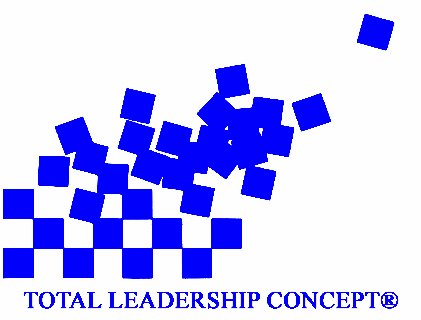
Abilities
Arousal
Attitude
Behavior
Beliefs
Competencies
Engagement
Environment
EI
Experience
Feelings
Intention
Motivation
Nature and genes
Organization
Performance
Performance Improvement
Performers
Process
Results
Skills
Social Pressure
Talent
Understanding
Values
The Three level Framework (Rummler & Brache, 1990)
PI |
Goals |
Design |
Management |
Organizational
Level |
Organization
Goals |
Organization
Design |
Organization
Management |
Process
Level |
Process
Goals |
Process
Design |
Process
Management |
Job/Performer
Level |
Job
Goals |
Job
Design |
Job
Management |
The Process Level is considered the pivotal link between organization and individual performance. This level usually offers the greatest opportunity for improvement. Outstanding employees cannot improve their performance levels if poor processes are in place.
If you want to understand the way work gets done, to improve the way work gets done, and to manage the way work gets done, processes should be the focus of your attention and actions. (Geary Rummler & Alan Brache 1990)
A process is a series of steps designed to produce a product or service. It should be seen as a value chain, that is, each step in the process should add value to the proceeding steps.
Process Goals
Since processes are the vehicles through which work gets produced, goals must be set for each one. These goals are derived from three sources: organization goals, customer requirements, and benchmarking information. For more information on goal setting, see Goals.
Process Design
Once the process goals are set, the process needs to be structured (designed). This should be a logical, streamlined path so that the goals may be effectively and efficiently achieved.
Often, new insights become apparent when you see how tasks relate to a series of events. Building a task and event relationship is called Process Definition. Being able to understand and define the process has several advantages:
- you can better understand how individual and group efforts affect other groups and individuals.
- you can discover barriers that exist between work groups. These barriers are obstacles that get in the way of cooperation and performance.
- work is
accomplished through processes and we improve performance by improving
processes. Examining a process can highlight a glaring problem that
could easily be fixed.
For more information, see: Process
Definition.
Process Management
Process management includes:
- Goal
Management - creating sub-goals to drive function goals.
- Performance Management - tracking performance as established
by the goals, giving feedback, identifying and correcting deficiencies,
and resetting goals when required by the customers.
- Resources Management - Supporting each step with the needed
staff, equipment, time, and budget.
- Interface Management - managing the white space between process
steps.
Part of process Management is looking for problems or bottlenecks. A good process model will expose the "truth" of the organization. Although there might be written procedures, instructions, or rules for conducting a process, your model should point out what is really being performed! First, look for problems and opportunities that affect customers. These affect the organization the most. Remember that customers are both internal and external. Also, you need to understand the magnitude of the problem. This can be done by asking "How bad is it?"
The analysis should also include unearthing the Performance Metrics of the process. These include:
- Headcount
- Cost
- Quality (to include rework)
- Service levels
- Time